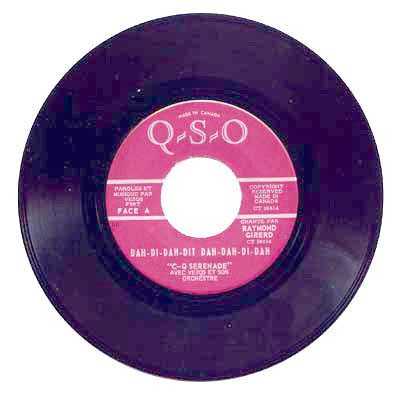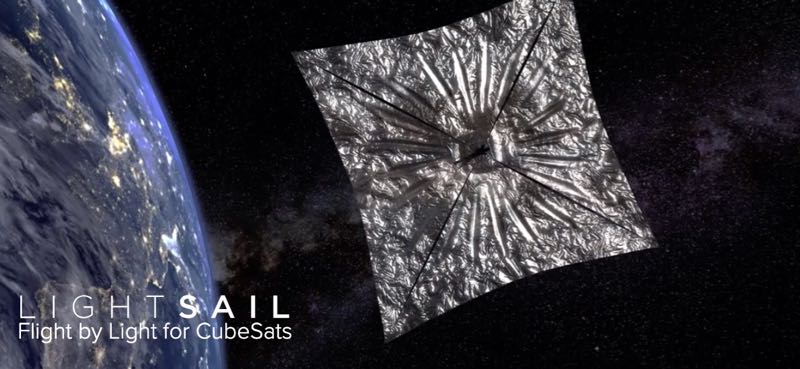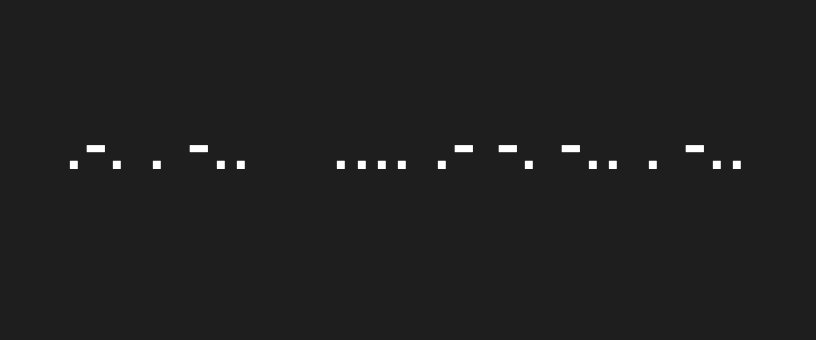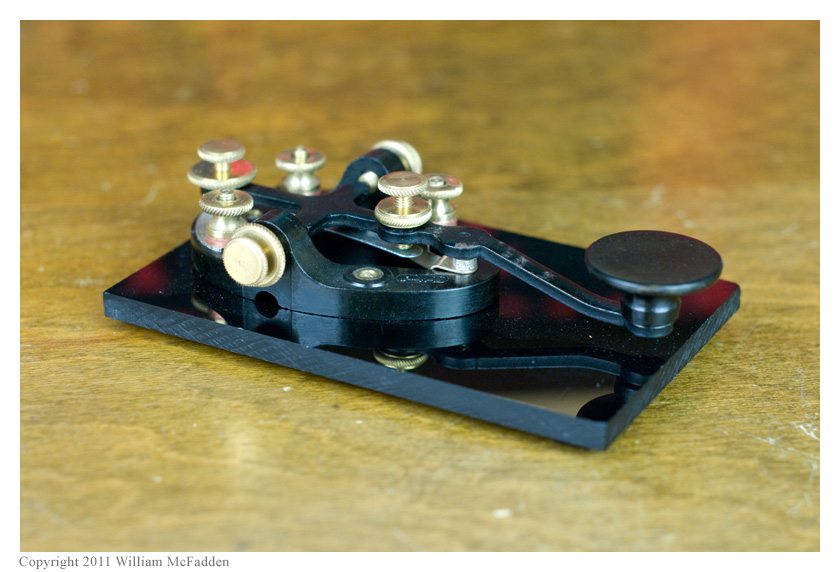“Night of Nights” CW Event Returns Friday (U.S. Time)
“It was 20 years ago today,” say members of the Maritime Radio Historical Society, but they’re not covering a famous Beatles song.
They’ll certainly be on key, however, when they fire up two maritime CW stations, KPH and KFS, and their amateur radio club station, K6KPH, for the 20th annual “Night of Nights” at 8:01 p.m. Eastern Time on Friday, July 12/0001 UTC Saturday, July 13. (Alas, several previously participating stations will be absent again this year, including ship-to-shore stalwart WLO of Mobile, Alabama, and a quartet of Coast Guard stations.)
This weekend’s event marks the date in 1999 when commercial Morse code operations ceased in the United States. One year later, the preservation-minded MRHS staged its first “Night of Nights,” treating shortwave radio enthusiasts to the dits and dahs of historic maritime station KPH and other callsigns that were once presumed dead on shortwave CW frequencies.
This year, the society has put out a special appeal to anyone (licensed or not) with CW proficiency to help operate K6KPH. While KPH and KFS transmit “code wheels” (repeating messages), personal messages, and tributes to long-gone maritime stations and operators, K6KPH will make CW contacts with other amateur stations on 3550, 7050, 14050 and 21050 kHz.
Whether reporting for CW duty or not, the public is welcome to observe today’s event and tour the facility, located at 17400 Sir Francis Drake Boulevard in the Point Reyes National Seashore. Doors open at 3 p.m. local (Pacific) time.
And if you’re not within driving distance, you can tune in the Morse signals on the following medium wave and shortwave frequencies:
KPH: 426, 500, 4742.0, 6477.5, 8642.0, 12808.5, 17016.8, 22477.5 kHz
KFS: 12695.5 kHz
Reception reports go to P.O. Box 392, Point Reyes Station, CA 94956. Please include an SASE if you’d like a QSL.
The following links provide additional information:
Maritime Radio Historical Society:
http://www.radiomarine.org
http://campaign.r20.constantcontact.com/render?m=1109843077277&ca=156b371f-da9f-4fed-8819-4bb55bd7bd44
http://campaign.r20.constantcontact.com/render?m=1109843077277&ca=b54f353c-4692-4564-b79a-0059721f9206
National Park Service: https://www.nps.gov/pore/planyourvisit/events_nightofnights.htm
Looking forward to some sweet CW music on the Night of Nights! Thank you for sharing!







